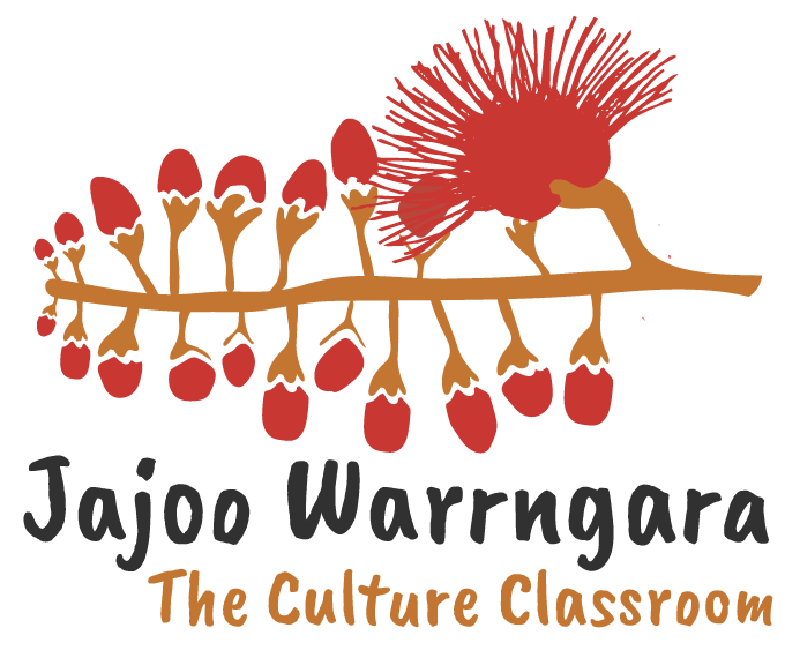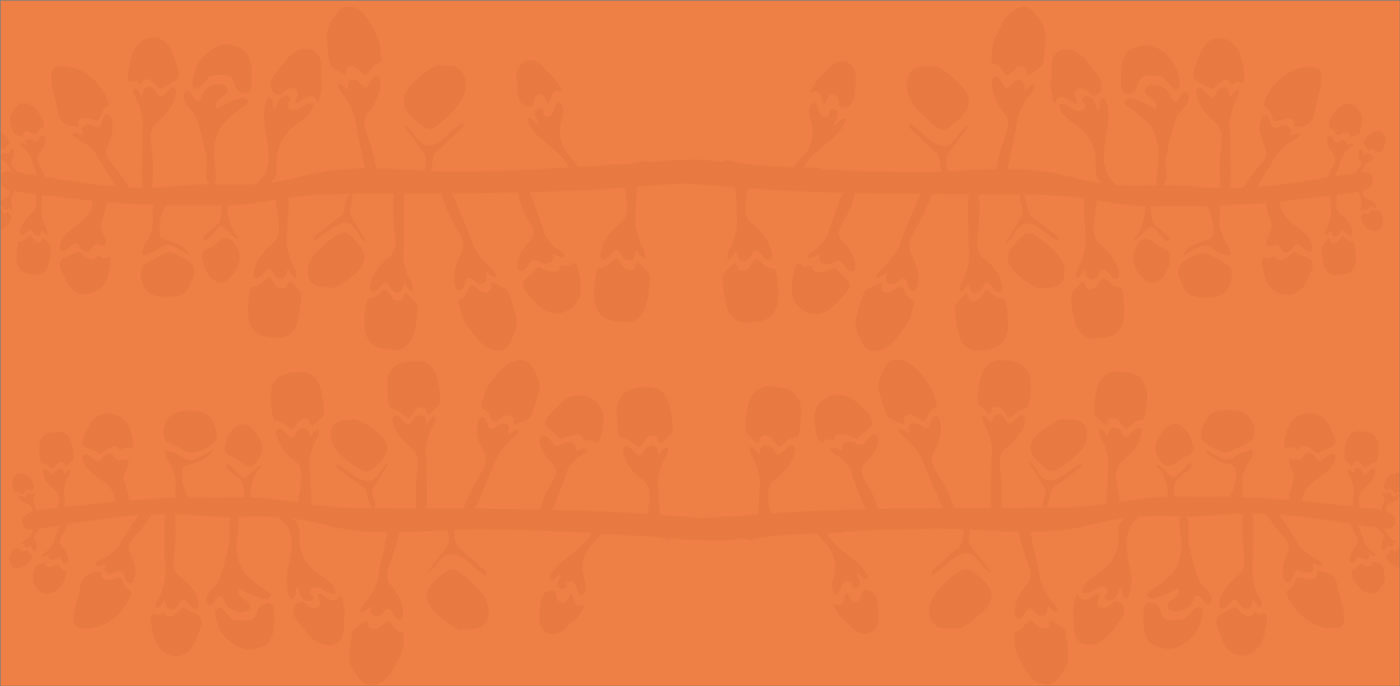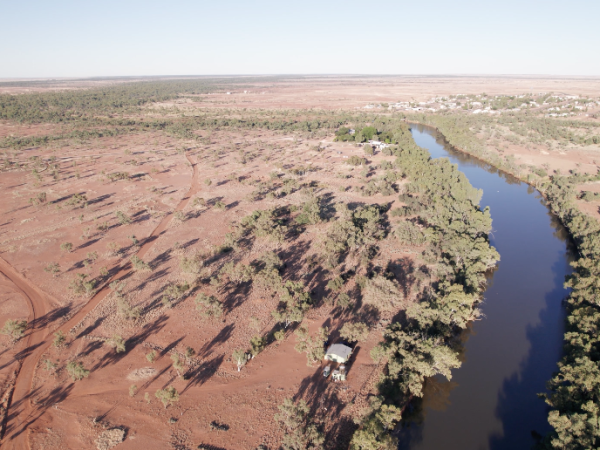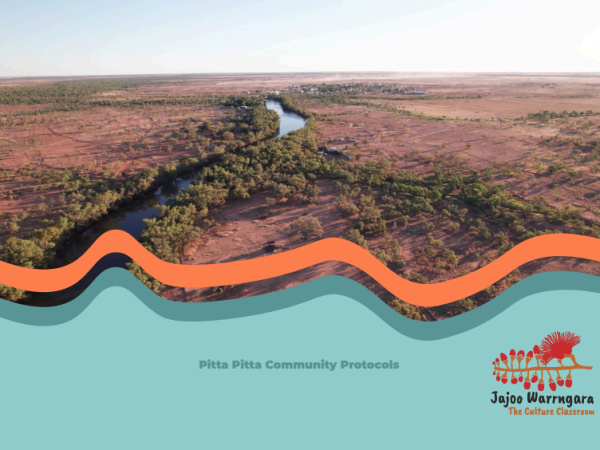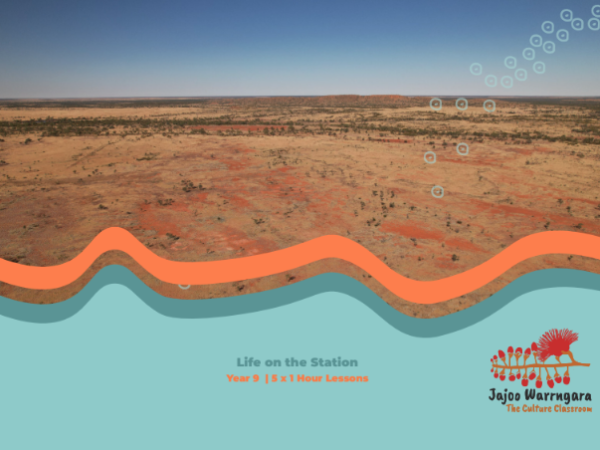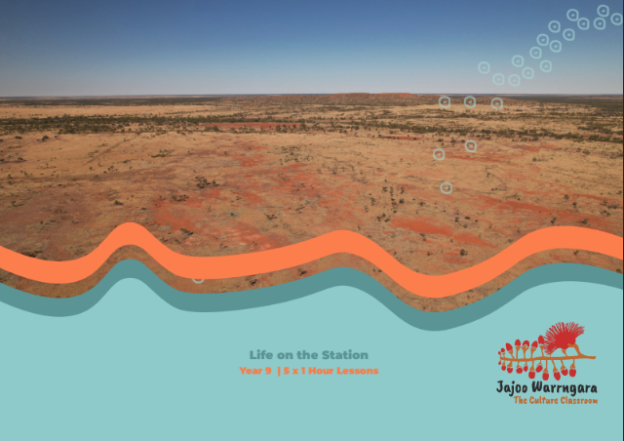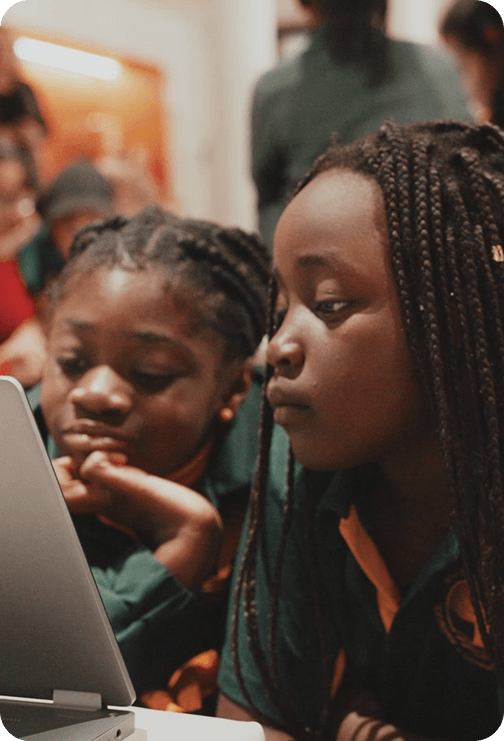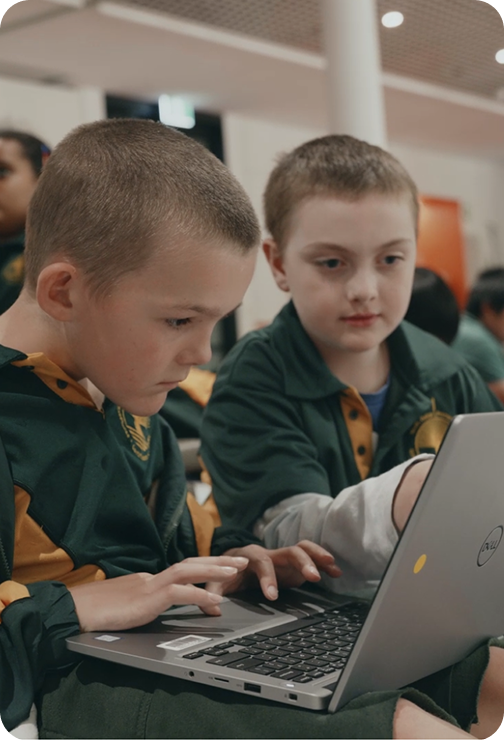Learning Areas
English | History | Civics and Citizenship | Drama
In this unit
Students explore life on the cattle stations and the industries which shaped Australian Society. They investigate the racist laws and policies which saw the opppression of Aboriginal and Torres Strait Islander peoples and the important role Aboriginal and Torres Strait Islander pastoral workers had on building Australia’s economic growth
This unit includes:
Learning Areas
Links to the Australian Curriculum v 9.0
Cross Curriculum Priorities
Aboriginal and Torres Strait Islander Histories and Cultures
Related Units
Unit Content
